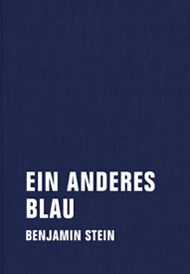In novels like »Lolita« and »The Catcher in the Rye,« readers are asked to follow an unreliable protagonist in hopes of gaining a new perspective by the end of the journey. In Benjamin Stein’s novel “The Canvas,” translated from German by Brian Zumhagen, readers are met by not one, but two unreliable narrators—Amnon Zichroni and Jan Wechsler—each eager to take the story in their own direction. Stein’s meticulously crafted plotlines are so complete with details and recurring anxieties that by the end of both narrations, it is even difficult to separate the two narrators. Though each story starts in a different time and location, they end up irreversibly and eerily fused so that it is impossible to say which narrator is telling the truth. This indeterminate treatment of truth is one of the greatest strengths of the novel.
[…] Though the intriguing merit of this novel arises mainly out of Stein’s decision to tell the story from two perspectives, this is not to say that the mode of storytelling is this novel’s only aspect worthy of praise. If one were to read each narration as a separate entity, both would prove to be intriguing and expertly woven. When the reader finally surfaces from the turbulent waters of fabricated memory, it is not clear whose perspective is less obscured by inconsistencies. Yet because Stein paints parallels through each story, there remains an overall understanding and sense of cohesion that is sewn through the fabric of »The Canvas.«





